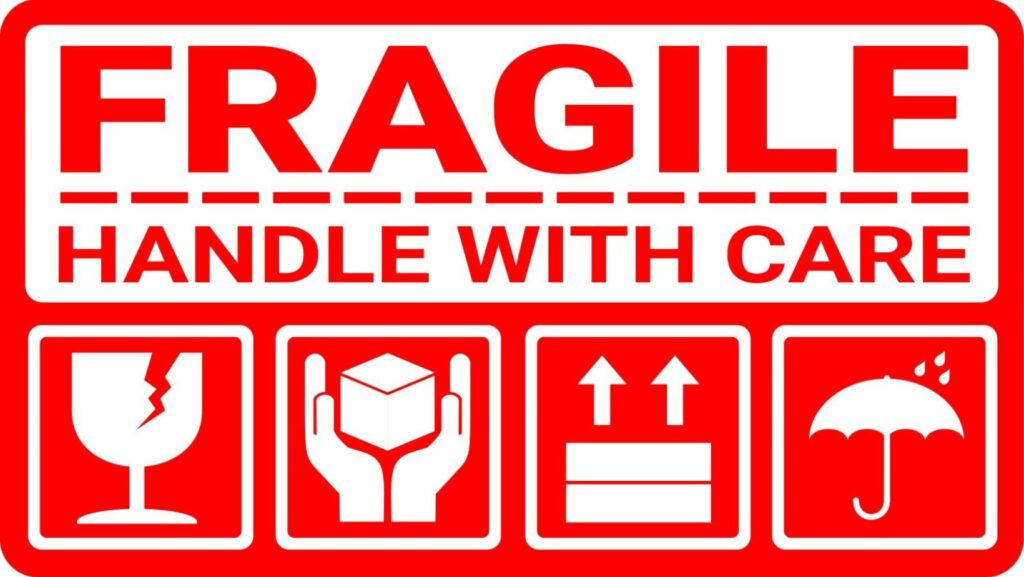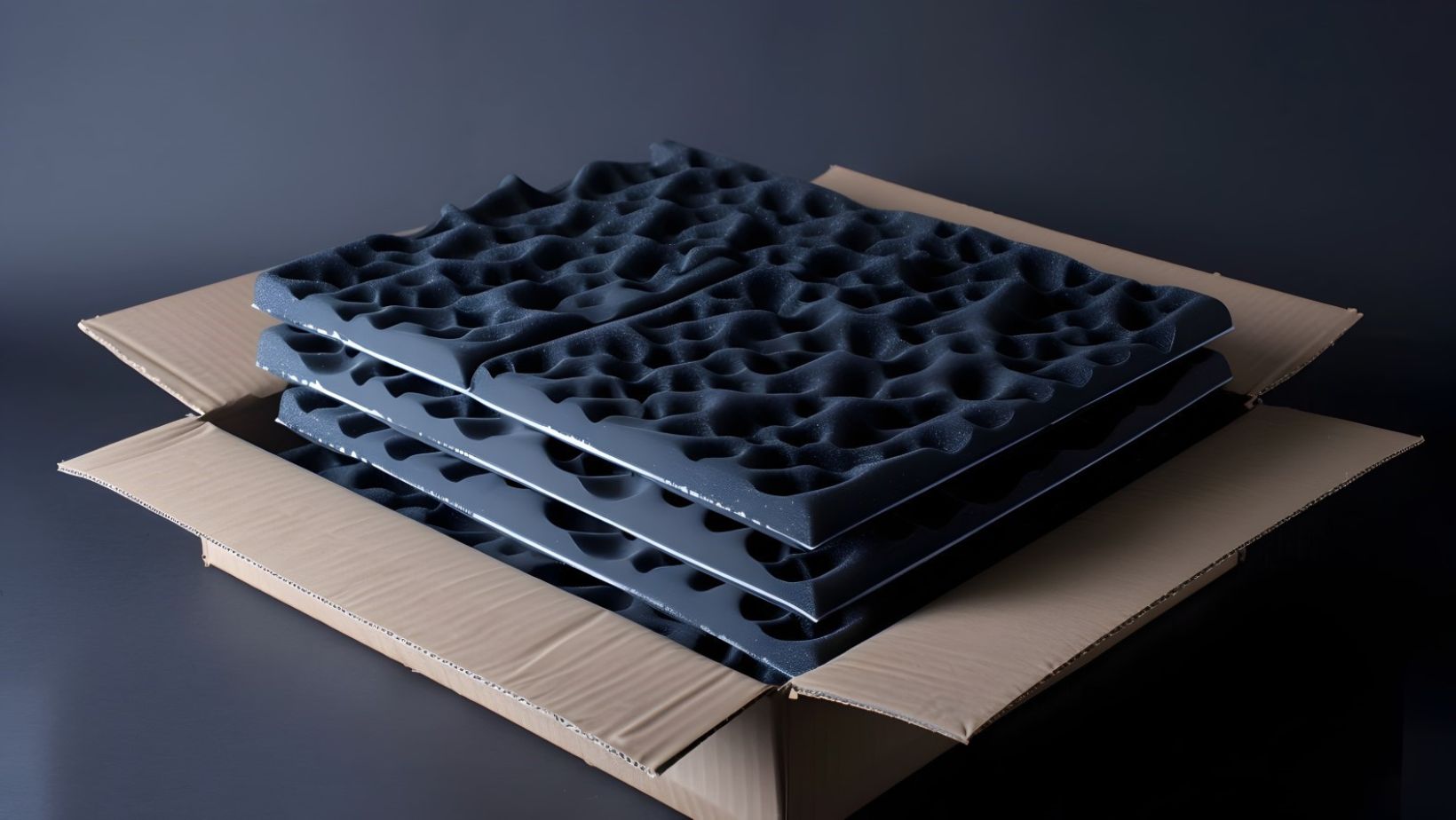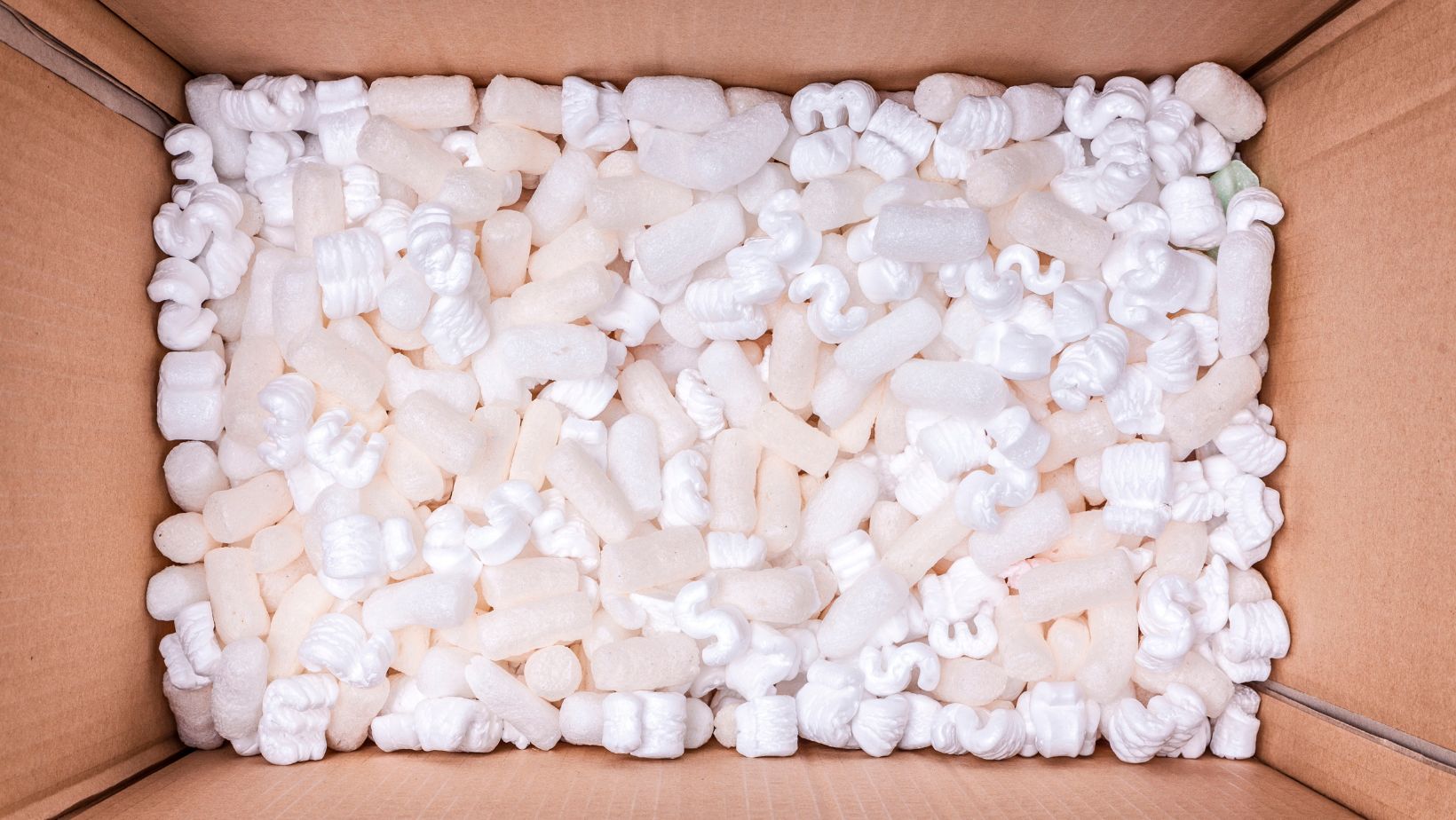Shipping electronics and fragile items is a delicate balancing act—one wrong move can result in costly damage. From circuit boards to glass components, these items demand specialized care to survive the rigors of transit. The correct protective packaging solutions act as a shield, absorbing shocks and preventing costly mishaps.
Choosing the best materials isn’t just about preventing breaks; it’s about ensuring reliability and customer satisfaction. Whether you need standard protective packaging products or custom solutions, every decision impacts product protection. This blog explores some of the most common types of protective packaging for electronics and other fragile products. Read on to learn more.
Anti-Static Packaging
One of the biggest concerns when shipping electronics is static electricity, which can damage sensitive components. By using anti static packaging, electrical charges can be effectively dissipated, providing superior protection for circuit boards and other electronic parts. Common types include barrier foil packaging and static-dissipative foam packaging systems. These protective packaging products are essential for businesses shipping high-quality products that require protection against corrosion and static buildup.
Common Types of Protective Packaging
With so many protective packaging materials available, selecting the right one depends on your product’s specific needs and shipping requirements. Here are some of the most common options:
1. Bubble Wrap
Bubble wrap’s air-filled pockets absorb shocks, making it ideal for protecting items during transit. Protective bubble packaging is available in various sizes to fit different product options.
2. Air Pillow Protective Packaging
Air pillows are lightweight and cost-effective, filling empty spaces in boxes to prevent movement. Air cushion protective packaging is an efficient packaging solution that reduces packaging costs while maintaining product quality.
3. Foam Packaging
For delicate items, foam packaging systems offer excellent shock absorption. From corner packaging to custom foam inserts, these protective foam packaging solutions ensure safe delivery. Businesses can also explore innovative, cost-effective custom foam packaging for unique packaging requirements.
4. Corner and Edge Guards
These protective packaging materials shield vulnerable edges and corners from impacts. Often used in industrial markets, they provide extra protection for electronics and glass items.
5. Flexible Packaging Products
Flexible packaging products, such as padded mailers, offer a friendly packaging solution for lightweight yet sturdy options. They’re ideal for small electronics and reduce the footprint in shipping.
By understanding these common protective packaging options, businesses can ensure their products arrive safely every time.
Special Considerations for International Shipping
Shipping electronics internationally introduces unique challenges that demand extra protective measures. For instance, humidity, extreme temperature fluctuations, and extended transit times can compromise standard packaging, requiring moisture-resistant materials like barrier foil packaging or desiccant packs. Additionally, compliance with international regulations, such as lithium battery restrictions or customs requirements, is essential to avoid delays or rejected shipments.
Longer supply chains also increase the risk of rough handling, making shock-absorbing materials like foam packaging systems critical for protection. To counter this, use reinforced corner guards and heavier-duty outer packaging that can withstand multiple transfers between carriers and customs inspections. Moreover, partnering with packaging specialists who understand global logistics can help tailor solutions that meet both protective and regulatory needs for seamless cross-border delivery.
Cost-Saving Packaging Strategies
Optimizing protective packaging can significantly reduce expenses without compromising product safety. Using automated packaging machines to create custom-sized boxes eliminates wasted space and minimizes dimensional weight charges. At the same time, bulk purchasing of materials like air pillows or bubble wrap lowers per-unit costs. Consider hybrid solutions that combine premium protection for fragile components with economical materials for less sensitive areas.
For frequent shippers, investing in reusable packaging systems or multi-functional materials (like foam inserts that serve as both cushioning and anti-static barriers) provides long-term savings. Work with packaging partners to analyze your shipping patterns and identify opportunities to consolidate materials or streamline processes. These strategic approaches help maintain superior protection while controlling packaging costs across your supply chain.
Sustainability in Protective Packaging
The shift toward eco-conscious shipping has made sustainable protective packaging a priority for many businesses. Recyclable materials like corrugated bubble wrap alternatives and biodegradable air pillows now offer comparable protection to traditional options while reducing environmental impact. Many companies are also adopting minimalist packaging designs that use fewer materials without compromising product safety.
For electronics shippers, sustainable choices extend to anti-static solutions made from recycled content or plant-based foams. Some providers even offer take-back programs for used packaging materials, creating a circular economy for shipping supplies. By balancing protection with sustainability, businesses can meet customer demand for environmentally friendly packaging while maintaining the integrity of fragile shipments.
Conclusion
Selecting the right protective packaging goes beyond mere product containment—it’s about delivering confidence at every stage of the shipping journey. By implementing the appropriate combination of anti-static solutions, cushioning materials, and sustainable options, businesses can achieve operational efficiency and customer satisfaction.
As packaging technology continues to evolve, staying informed about innovative solutions will ensure your fragile shipments remain protected while meeting cost, compliance, and environmental goals.



